4 trends in Mobile OEM marketing for 2022 that should be on every marketer’s radar
4 trends in Mobile OEM marketing for 2022 that should be on every marketer’s radar
As a team of dedicated mobile OEM marketing experts, it’s our job to stay on top of the latest trends that can be leveraged by our clients to optimize their marketing potential with mobile OEM ad platforms. There have also been significant changes within the industry that will create a ripple effect throughout 2022. In this guide we share 4 trends that every mobile marketer needs to know to get the most out of OEM marketing in 2022.
1. OEM marketing is the next big thing for User Acquisition managers and app developers in the West in 2022 and beyond
There are many factors that point towards an increase in OEM marketing by developers and UA managers in the West. OEM ad platforms stores such as Xiaomi, Huawei, OPPO and Vivo are garnering attention due to their huge reach and number of devices sold throughout 2021. This year, Xiaomi became the top-selling mobile manufacturer in Europe, taking the number one spot from Samsung. A Strategy Analytics report shows that Xiaomi shipped 12.7 million smartphone units in Europe during the second quarter – giving the company a market share of 25.3% – while Samsung recorded 12 million shipments for a 24% share. These OEMs also benefit from offering more affordable smartphones than Apple.
Moreover, these OEM ad platforms have aggressively pushed into Western marketers – a trend that is expected to continue throughout 2022. This includes some of the most sought-after branding opportunities in the world, such as Vivo’s exclusive deal to become the official smartphone sponsor of the FIFA World Cup 2022. This provides mobile marketers and app developers with ample opportunity to reach new users by launching their apps in alternative app stores. As this presents an alternative to far more expensive marketing channels, OEMs such as Xiaomi, Huawei, OPPO, Vivo and realme will be leveraged by developers in the West to drive growth throughout the year.
2. OEMs will challenge the duopoly of Google and Facebook in 2022
The duopoly of Google and Facebook is being aggressively challenged by OEMs that offer their own dedicated app stores. The world’s leading OEMs already have a 45% market share, and their threat to the industry’s duopoly will become even stronger as a result of continued innovations that help brands and developers leverage OEM ad platforms. This includes OEMs such as Xiaomi, Huawei, OPPO, realme and Vivo. In addition to their increasing market share, OEMs are developing sophisticated advertising products that enable developers and brands to gain new users. These companies are also GDPR and CPAA-compliant, making them an appealing option to Western marketers.
These OEMs are also able to compete against the duopoly of Google and Facebook due to their low price points for user acquisition, brand-safe advertising options and by offering a fraud-free alternative. As more developers choose to leverage the power of OEM ad platforms, Mobile Measurement Partners (MMPs) such as Appsfyler and Adjust are choosing to integrate leading smartphone OEMs – empowering developers to track incoming users from those platforms. For example, the most recent AppsFlyer Performance Index shows that smartphone OEMs are highly rated for their volume and high quality of their users.
3. More mobile games developers will harness OEM as a channel than ever before
Until recently, there have been several misconceptions regarding OEMs and monetization for mobile games. For example, it is important for developers to know that OEMs can be used without adopting new billing solutions. There are solutions available for stores such as Samsung, Huawei and Xiaomi that integrate billing solutions so that developers can publish on these stores. Moreover, it is not mandatory to use unique billing solutions for OPPO, Vivo and Xiaomi.
A more complicated myth regarding mobile game monetization is that distributing on alternative app stores will mean that their monetization won’t be recognized by video ad companies like Unity and AppLovin. The truth is that there are no limitations from the app developers side, as long as the alternative app store has no objections to distributing an app with Google Play services installed,
These misconceptions have prevented developers from harnessing the benefits of OEMs. As more developers become knowledgeable and correctly informed about the way monetization works on OEM ad platforms, we expect to see an increase in adoption throughout 2022 from mobile games developers.
4. The app store market will diversify at the speed of light
The rate at which the market will diversify will be extremely fast. There are already examples of powerful publishers, such as Epic Games, making considerable changes to the market. The company highlighted the dangers of a monopoly by releasing an updated version of Fortnight that side-stepped the App Store and Google Play’s payment options. As these companies went head-to-head, Fortnite was removed from the App Store. This is an example of monopolistic actions that will motivate developers to seek out OEM ad platforms.
We also see this in regions such as South East Asia, where developers benefit from a more balanced ecosystem. When PayTM was temporarily removed from the Google Play store, it caused Indian tech companies to look for alternatives. Prominent entrepreneurs in India have now joined forces to create their own app store. Once the market begins to diversify, the ripple effect will be extremely fast. We expect this to lead to a move towards many more app stores competing for market share in 2022.
If you would like to learn more about OEM marketing and how you can benefit, get in touch with our team of OEM experts.
To learn more about the trends in mobile OEM marketing (2023), come check out our guide which covers everything you need to know about mobile OEM advertising and alternative app stores.
AVOW wins HUAWEI’s prestigious Strategic Partner Award
AVOW wins HUAWEI’s prestigious Strategic Partner Award
We are thrilled to announce that we won HUAWEI’s prestigious “Strategic Partner Award, Europe” this January. The Awards ceremony took place in Milano, Italy, and was followed by a dinner - a great opportunity to mix and mingle with many Mobile Marketing veterans from all over Europe. Thanks to HUAWEI for their continued support and trust in our partnership.
Learn more about mobile OEM marketing opportunities!
3 examples of effective mobile advertisements every marketer should know
3 examples of effective mobile advertisements every marketer should know
Mobile advertising is a fast-paced, innovative market that has changed the way businesses reach their target audience with effective mobile advertisements (ads). Marketers and advertisers put more than half (51%) of their budget into mobile ads and mobile devices account for 53% of all paid-search clicks. Moreover, mobile accounts for half of all web traffic worldwide.
In the first quarter of 2021, mobile devices generated 54.8% of traffic worldwide. This outlines why it’s so important to learn how to target users with mobile ads. One of the smartest ways to learn how to effectively implement mobile advertisements that connect with your target audience is to research successful examples, case studies and best practices.
In this guide, we share three examples of effective mobile advertisements – which utilize a wide range of different platforms and verticals – that can be used to inspire your campaigns.
What makes a mobile advertisement effective?
There are many things to consider when optimizing your mobile advertising strategy. Here are some best practices that will be covered in depth in this guide.
- How will you utilize interactive elements of mobile advertising formats?
- How can gamification help you achieve your marketing goals?
- How can you leverage seasonality to capture users’ attention?
- How can you create hyper-relevant campaigns with mobile ad formats?
With this in mind, let’s dive deeper into how to get the most out of mobile advertising to reach your marketing goals.
Everything you need to know to start advertising in apps
3 examples of effective mobile advertisements
1. Instagram Story Ads by British Airways
What are instagram Story ads?
Instagram Stories ads are effective mobile advertisements that are displayed while a user is browsing Stories created by accounts they have followed. This is a smart way to reach new audiences as this option can include rich media and the ability to ‘swipe up for more’.
How did British Airways implement effective mobile ads with Instagram Story ads?
Rich media such as video ads are great for engaging users, but you can also go one step further to engage your audience. One of the most effective ways to increase engagement with your mobile ads is to include interactive elements. This includes polls, quizzes and other types of interactive features available on social media platforms.

Best practice: Add interactive elements to your mobile ad to increase engagement
Learn more about how mobile app ads work
2. Spotify Ads by Snickers
What are Spotify ads?
Spotify is a leading music streaming service with over 172 million premium subscribers worldwide. The platform offers audio ads with a maximum length of 30 seconds. These are played between songs for users who do not have a premium, ad-free account. Spotify also has video advertising opportunities known as Sponsored Sessions or Video Takeovers.
How did Snickers implement effective mobile ads with Spotify ads?
Snickers is a chocolate bar created by multinational manufacturer Mars. The brand leveraged Spotify to share effective mobile advertisements targeting users that were listening to music outside of their usual genres. Using the brand’s long-running campaign slogan “You're Not You When You're Hungry,” Snickers caught users’ attention with hyper-relevant creative and perfect timing thanks to Spotify data.

Best practice: Create campaigns that are hyper-relevant to users to capture their attention
6 reasons why in-app ads should be an important part of your marketing mix
3. Snapchat Ads by Lucky Charms
What are Snapchat Ads?
Snapchat Ads are full-screen, vertical mobile ads. They can be up to 10 seconds long and appear while users are browsing through friends’ Stories and recommended content, such as publisher’s stories. The platform also offers geofilters and lenses as ad formats.
How did Lucky Charms implement effective mobile advertisements with Snapchat ads?
Lucky Charms is a breakfast cereal brand produced by the General Mills food company. The food brand’s logo and mascot is a leprechaun called Lucky. As a result of the company’s Irish-themed branding, St. Patrick’s Day presents an opportunity to leverage seasonality to share effective mobile ads. In the run-up to the Irish holiday, Lucky Charms partnered with Snapchat to design a unique filter that advertised the brand’s magical unicorn cereal.
This filter is another example of interactive and effective mobile advertisements, which in this case could also be gamified. The existing selfie lens experience was gamified by turning the dual face lens into a co-player augmented reality gaming experience.
The campaign achieved more than 12 million Snapchat users that decided to try the Lucky Charms filter. This gave the company a sales lift of 3.4%. More than half of those users were new or lapsed customers. According to the campaign’s ShortyAwards listing, “The Lens and Filter drove strong engagement amongst the target as 6% of users shared the Gamified Selfie Lens – 3 times the share rate benchmark of 2%.” The entry also shows that “Additionally, 1 in every 3 Snapchatters who shared the Lens or Filter saved it to their memories, providing an evergreen effect in the Snapchatter's camera roll for Lucky Charms.“
Best practice: When possible, use seasonality to leverage the relevance of your interactive mobile advertisements
Another way to deliver engaging ads is through video ads. This is a format that can increase engagement due to the inclusion of rich media. You can learn everything you need to know about Leveraging user video ads on alternative app stores with our guide.
If you found these examples of effective mobile advertisements useful, you may also be interested in learning how to start advertising in mobile apps.
Thank you 2021!
It's a wrap!
At AVOW we are celebrating the end of another successful year!
Happy Holiday Season & Happy New Year!
How do you start advertising in apps? Everything you need to know
In-app advertising is an important component of an app marketer’s overall strategy. Mobile advertising spending reached a record-breaking $223 billion worldwide in 2020, marking an increase of over 17% over the previous year. This figure is expected to surpass $339 billion by 2023. In this article, we define the three steps you need to perform in order to leverage in-app advertising. This includes definitions of key terms and information on cost models, ad formats and networks.
What is the scope of in-app advertising?
In-app advertising is a monetization model that can be mutually beneficial to developers, networks and advertisers in the mobile marketing ecosystem. For developers, in-app advertising involves sharing paid advertising with your mobile app’s audience. For advertisers, this is the practice of serving ads that advertise your mobile app within another app.
This type of advertising leverages the widespread app usage all over the world: 142.9 billion apps and games were downloaded in 2020. Google Play was responsible for 108.5 billion downloads in 2020, while iOS had 34.4 billion downloads. With so many users spending a significant amount of time each day in mobile apps, this presents several advertising opportunities for mobile app developers to increase revenue.
Mobile ad targeting also enables marketers to serve their ads to users based on criteria such as location, device type, operating system and interests. By reaching the perfect users for your mobile app, this type of hyper-targeting increases conversion rates, lowers churn and boosts in-app revenue.
 What are freemium apps?
What are freemium apps?
The popularity of in-app advertising has also led many developers to release their app in app stores for free. Using a freemium model, developers can generate a large number of downloads and earn revenue through in-app advertising. These ads can also be used as an incentive to upgrade to a subscription or premium service – which gives users everything they love about a mobile app without being exposed to advertising in-app. Music streaming app Spotify is a great example of a company that offers a freemium model.
How does cross-promotional mobile advertising work?
Another advertising option available to developers is a cross-promotional strategy. This is when you serve ads within your mobile app to increase downloads for another app that you own. It may also be an agreement between two apps owned by different developers that serve ads to increase downloads for both apps. For example, if you have a fitness app and a food and nutrition app, you can use your own in-app advertising opportunities to drive installs while also offering a superior user experience across both apps. Mobile games developers can also use a cross-promotional strategy to encourage users to install their latest game.
Learn more about effective mobile advertisements
How do you start advertising in apps?
The journey to discovering how to advertise on mobile apps can be broken down into three steps: choosing which ad network to work with, selecting the type of ads you want to serve and choosing a cost model. Here is everything you need to know and how you can get started.
1. How to choose an ad network for in-app advertising
Mobile advertising networks are platforms that can be used by advertisers and publishers for buying and selling ad space. Advertisers can use ad networks to find relevant advertising space within mobile apps, while publishers can sell their in-app advertising space to the highest bidder. This makes them a valuable part of the mobile marketing ecosystem that can be used to monetize and grow your mobile apps.
Business of Apps’s Artyom Dogtiev explains that “The pioneer in the mobile ad networks space was AdMob , that really took off after its acquisition in 2009 by Google, Inc. Over the course of more than 10 years since, the advertising networks space has grown with a small number of top tier companies controlling the market.” Other mobile ad networks include in-app marketplace AdColony, Google Ad Exchange, IronSource, growth specialists Remerge, HUAWEI Ads, programmatic experts PubMatic and Hitapps. Examples of popular Mobile Measurement Partners (MMPs) include AppsFlyer and Adjust.
Everything you need to know to start advertising in apps
2. Choose the type of ad you want to serve to your target audience
The next question you will want to answer is which ad formats are best suited for your campaign. The versatility of mobile app advertising space means that there are several options when it comes to ad formats. Here are the most popular options that you may want to choose from:
- Banner ads: These are traditional ads that can be used in-app in a similar manner to how they are used on desktop: a banner image is placed at the top or bottom of a user’s screen.
Interstitial ads: These are ads that expand to take up the entire screen. This provides opportunities for a more engaging ad, but must be used at opportune moments within the user experience to avoid frustrating the user.
- Rewarded ads: This is an ad format that rewards users for viewing an ad. For example, a mobile game can give a user in-app currency in exchange for viewing a full video. This is a smart ad format for cross-promotional campaigns where you can reward users for downloading your other apps.
- Native advertising: This is an ad format that requires the ad to match the look and feel of the mobile app’s digital environment. For this reason, it is an unobtrusive ad format.
Learn more about how mobile app ads work
3. Choose your in-app advertising cost model
Your third step will be choosing the right cost model for your in-app advertising campaigns. You can choose from several cost models such as:
- Cost Per Mille (CPM): The publisher is paid for every thousand impressions recorded on a single ad.
- Cost Per Click (CPC): The publisher is paid for every time a user clicks on an ad.
- Cost Per Install (CPI): The publisher is paid for each install that occurs as a result of an ad.
- Cost per Action (CPA): The publisher is paid every time a specified action is completed in-app after the install.
With your mobile ad network, ad formats and cost models planned, you’re ready to dive deeper into in-app advertising and start leveraging this popular marketing method. If you found this article for how to start advertising on apps useful, you may also be interested in 6 reasons why in-app ads should be an important part of your marketing mix.
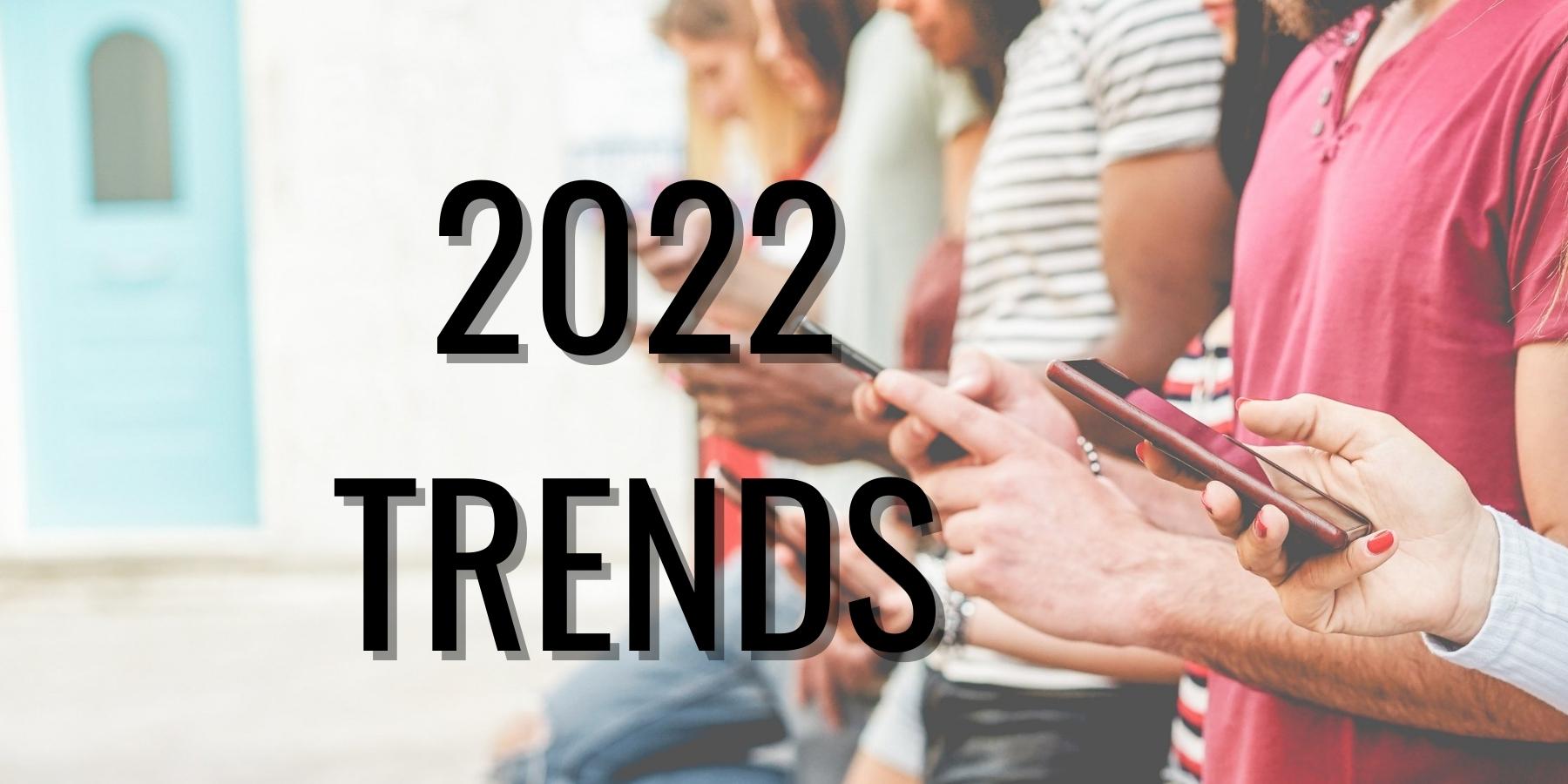
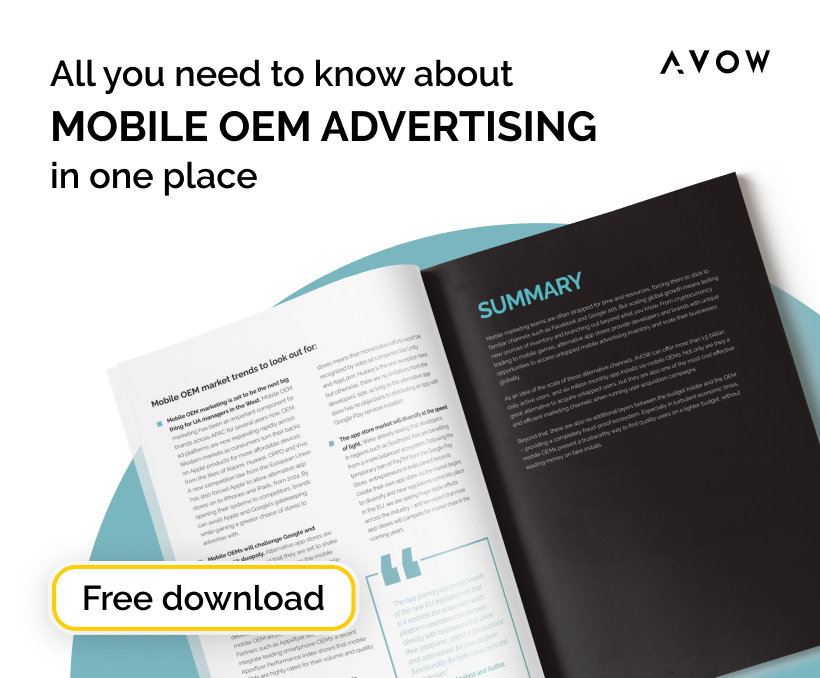
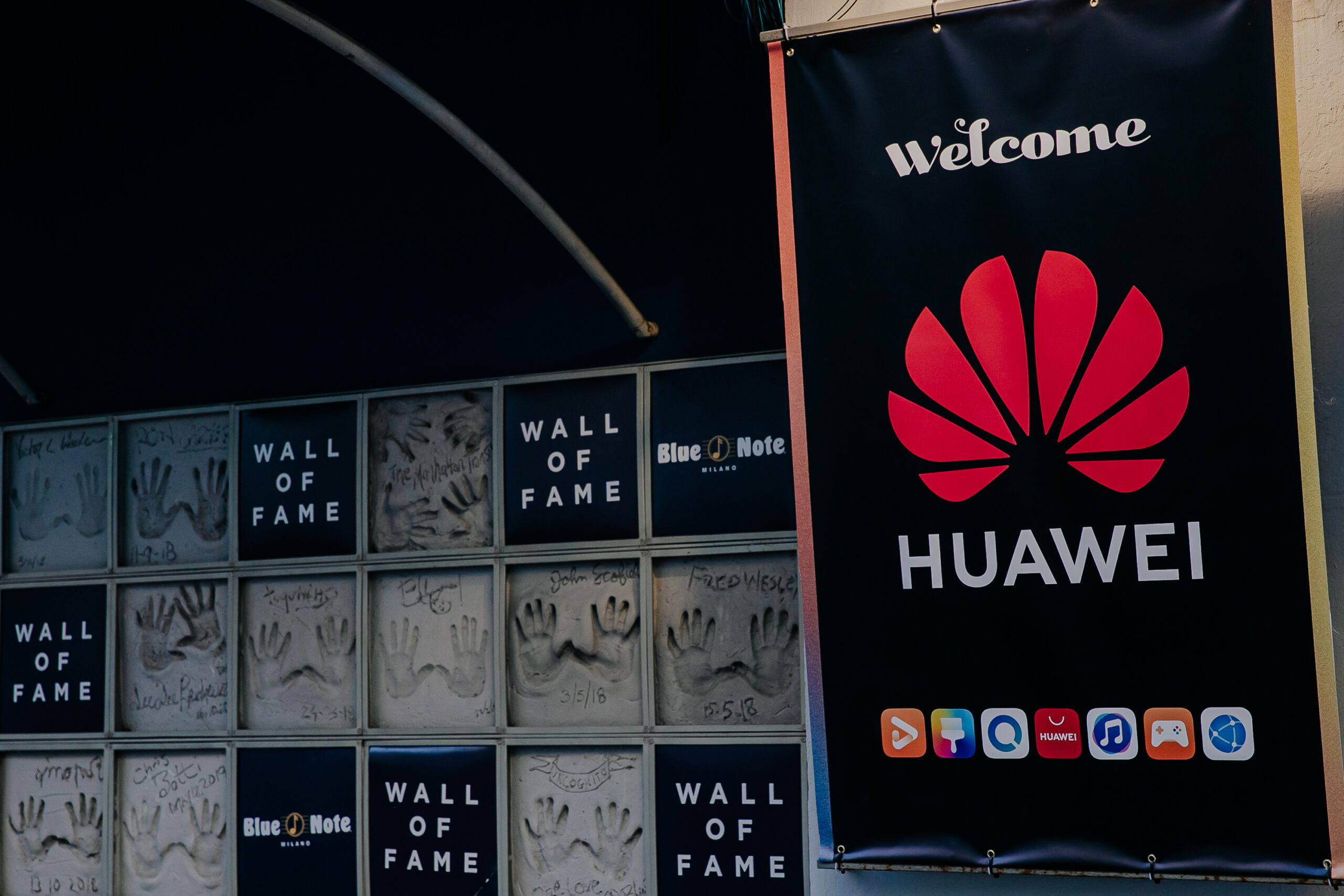

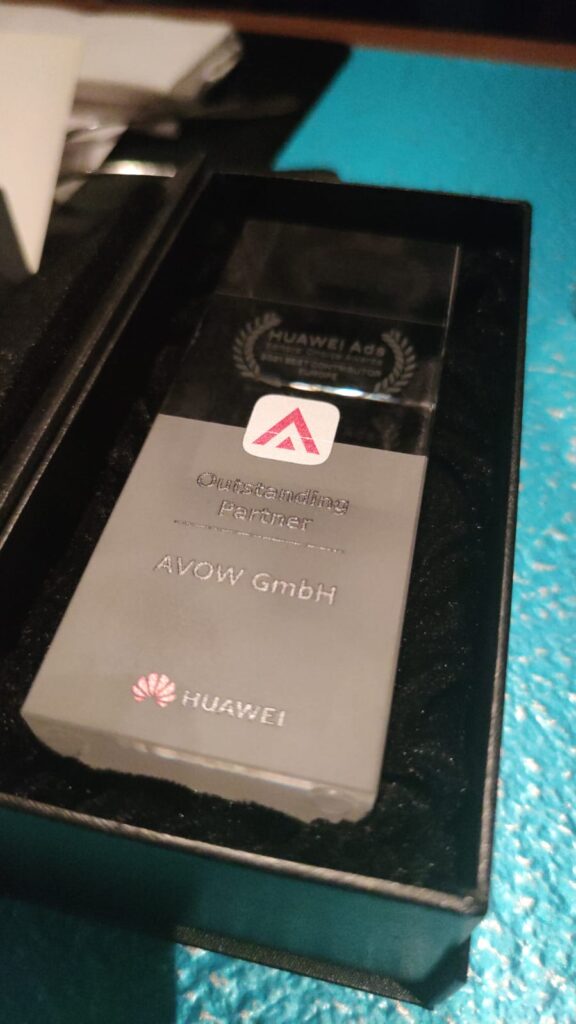
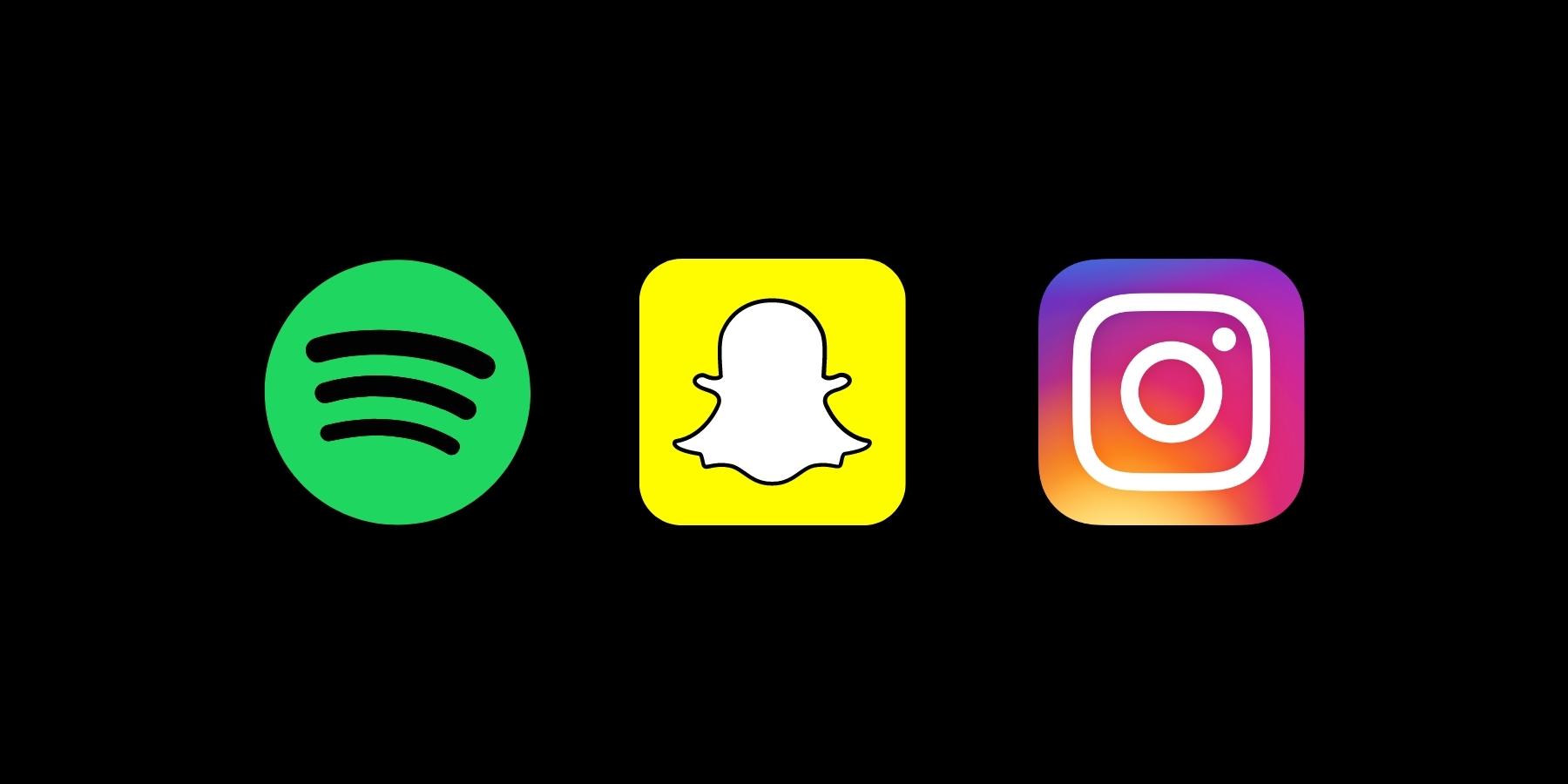


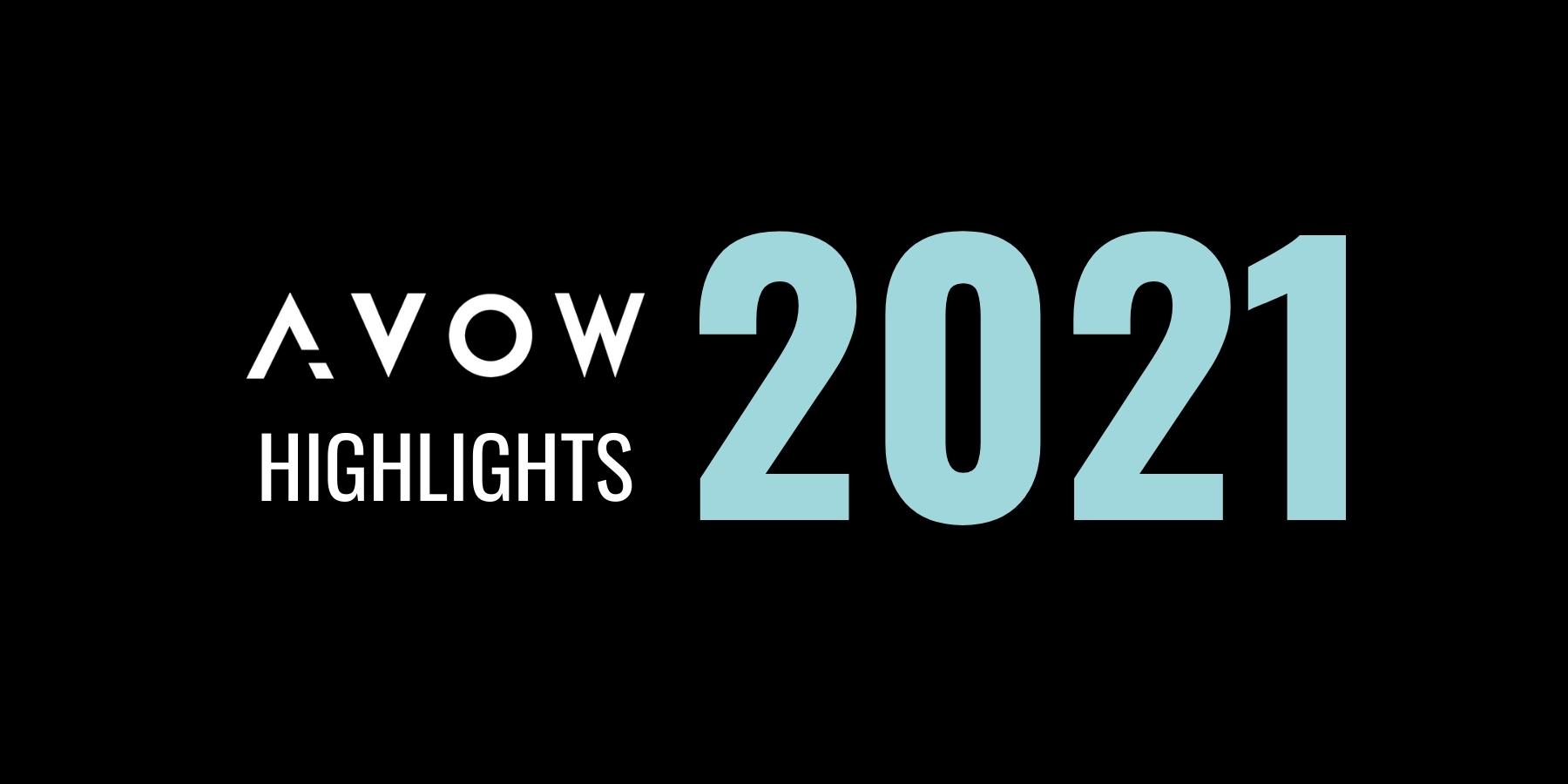
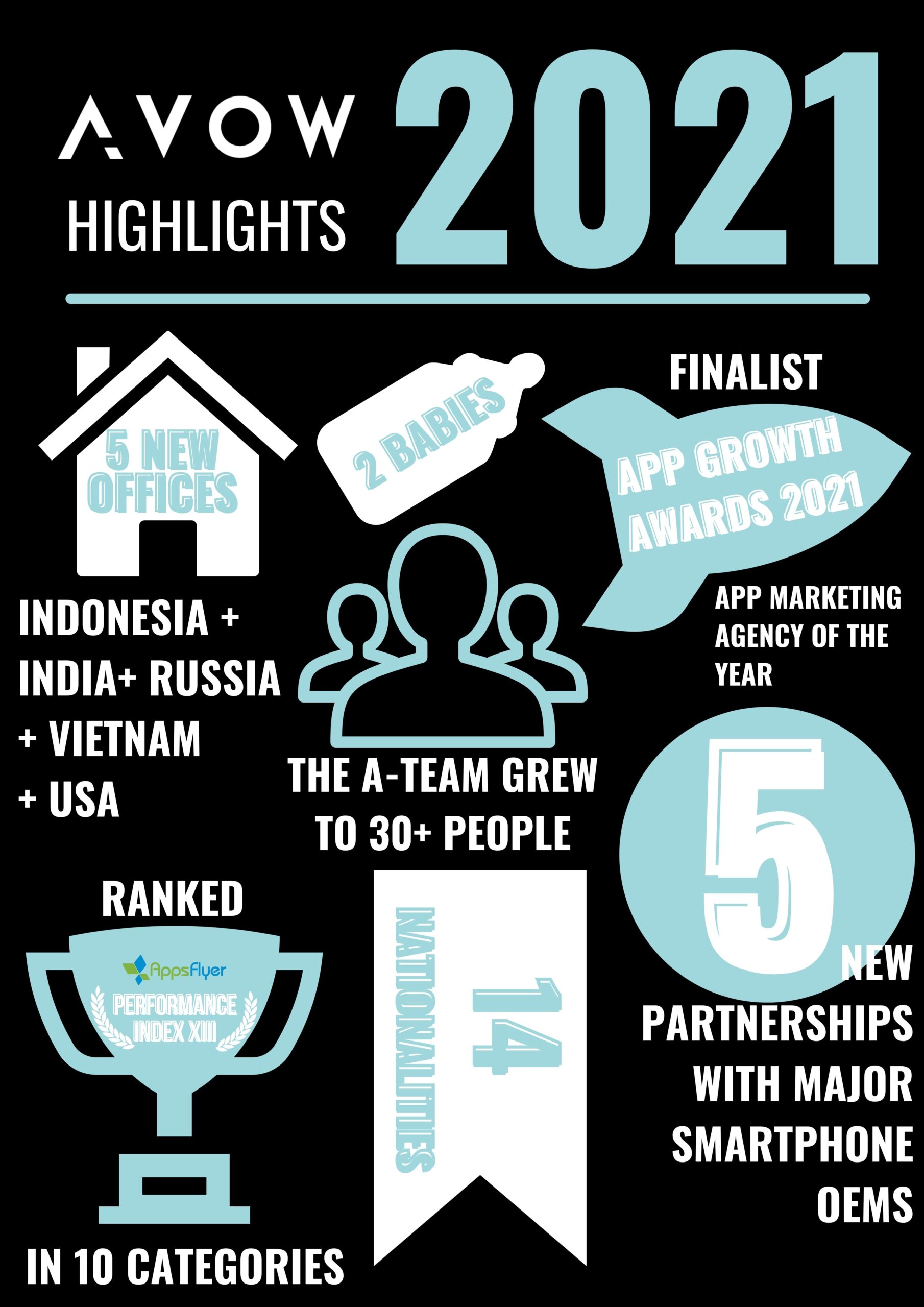
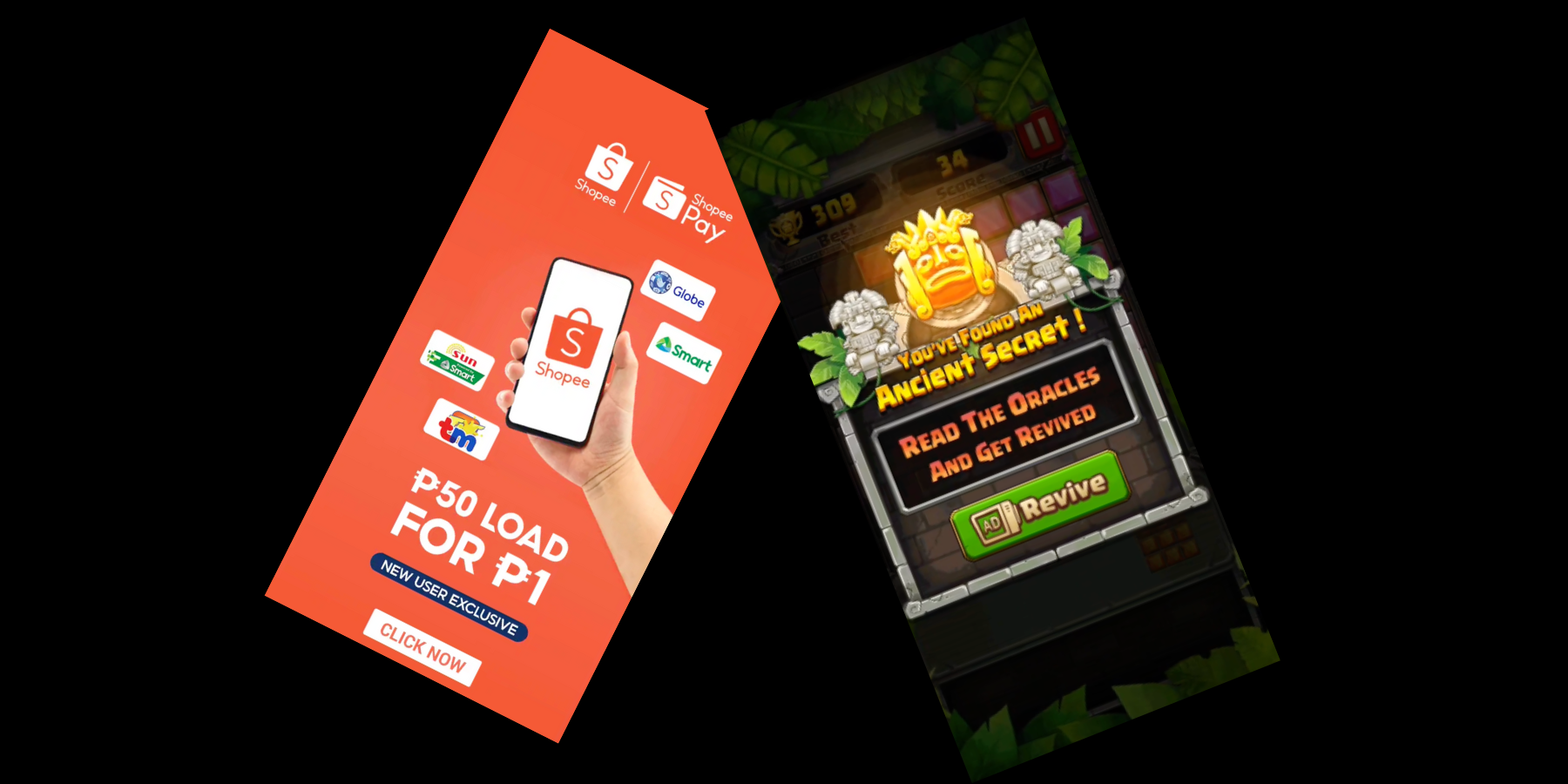
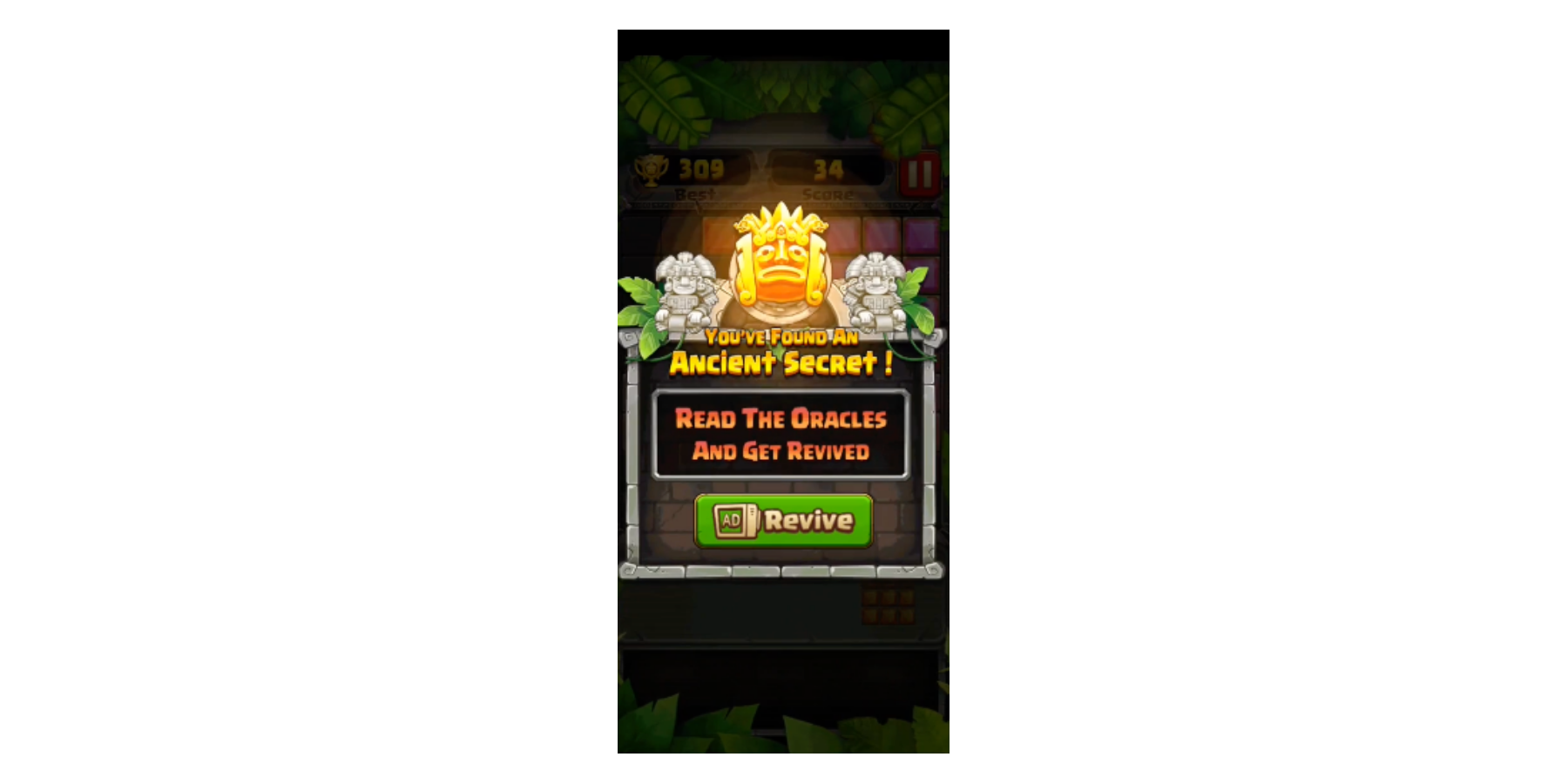 What are freemium apps?
What are freemium apps? Interstitial ads:
Interstitial ads: